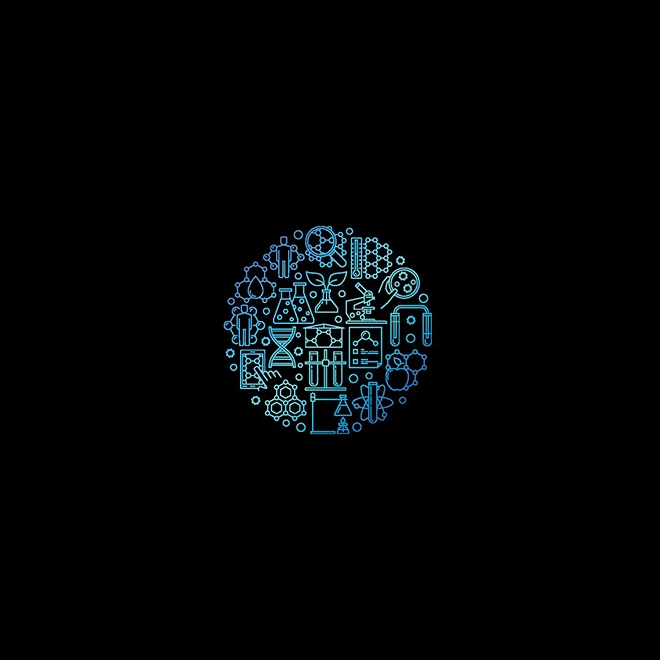Focusing on Better Value Sooner Safer Happier Outcomes - Consulting Blog | Deloitte Australia
We recently hosted Jonathan Smart, Partner from Deloitte UK and the Global Business Agility Lead, at our Asia-Pacific Enterprise Agility Leaders Network webinar. In this webinar, Jon shared his experiences on how to deliver Better Value, Sooner Safer Happier (BVSSH) and how he has achieved high levels of engagement, inclusion, and empowerment across large enterprises.
From his time leading ways of working at a large UK bank through their organisational wide agile journey, Jon described how they started out, and how the team pivoted based on what worked and what didn't.
A standout learning was to avoid “doing” a capital ‘A’ agile, capital ‘T’ transformation if you want to optimise for outcomes. Naming both agile and transformation in such a way removes the optionality - the invitation to implement change.
As stated in Deloitte's recently published 'Virtual Enablement Through High Performing Teams and Leaders' article, it is critical for organisations to focus on how their high performing teams and leaders at all levels are supported with, or support, servant leadership, psychological safety, incentivisation, recognition, and focus on how they are organised and operate.
What is Better Value Sooner Safer Happier? (BVSSH)
Better: W. Edwards Deming’s quote “I'll burn the toast and you scrape” is a simple way to emphasise the importance of quality. It is critical to embed quality in the product from the start, stopping the line if necessary, and not to insert quality in at the ‘end’. Making sure quality is everyone’s goal from the outset, is key.
Sooner: The heart of agility and lean. It's the fast flow of value and learning. It is important that a data feedback loop is established and is regularly readily reviewed by leaders at all levels.
It is important to look at the trend over time, rather than the absolute values. There are 3 key measures of the flow of value:
- Lead time: From when you start working on something until when it is in the hands of the customer.
- Throughput: The number of items of value in a given period of time (as Lead Time comes down, Throughput goes up).
- Flow efficiency: The amount of time that work is being actively worked on during the end to end Lead Time. This highlights proportion of time that work is waiting. Typically, knowledge work is waiting 90% of the time or more. Very few organisations know their flow. It is incredibly important in order to understand the health of the system of work. A short Lead Time and a high Flow Efficiency mean that there is a quicker time to learning, which enables pivoting and genuine business agility.
Safer: Agile not fragile. Continuous compliance with a lean Governance, Risk and Control (GRC) approach, so that the company operates within risk appetite, with both speed and control. As stated in Deloitte's 'Virtual Enablement Through High Performing Team of Teams' article, the approach to risk must change from what could go wrong to what must go right. In order to operate safely while still moving quickly, organisations can benefit by right sizing the control environment, not taking a one size fits all approach and by organising Safety SMEs to the flow of value, with long lived Safety Teams.
Happier: Happier covers Colleagues, Customers, Citizens and Climate. Autonomous, empowered, supported teams with clear goals, a high degree of psychological safety, experimentation, recognition and invitation over infliction are all things which increase colleague engagement. When done right, a virtuous circle develops where colleagues are happier, quality is higher, customers are happier, lead time comes down, people have more pride in their work, engagement is higher, and so on. In addition, improving outcomes is not at any cost to society or to our one planet. With balance, we also need to improve societal and planetary outcomes.
Value: The meaning of value is unique to each organisation. It should be from the perspective of both the consumer and the producer. Value can be measured via Objectives & Key Results (OKRs), where the Key Results are leading and lagging value measures. For example, the police force's value might include maintaining order (e.g. policing demonstrations) and apprehending people who break the law. Burberry's value could include quantity, profitability and customer sentiment of fashion items, such as trench coats and bags.
The most powerful thing we can do for an organisation is to make BVSSH outcome data transparent across business units. The ability to look at trends over time is important. The measures (apart from Value) can be aggregated up to organisational level and disaggregated down to team level.
Whilst absolute values should not be compared, as everyone has a different starting point and context, it is possible to compare improvement trends. With long-lived teams, and in order to foster the culture of teams learning and succeeding together, it is important to never go down to the individual level. This lacks psychological safety and leads to negative behaviours within a ‘team’ such that the team ceases to be a team.
Through measuring many teams, you can analyse and compare the improvement trends, to look at the patterns and antipatterns. It is possible to have peer level coaching and support as the most improved teams may be able to assist the least improved teams.
Organisations today need to constantly respond through small improvement cycles, embedding change though fast learning and experimentation. Think big, start small, learn fast.
What were the achievements and benefits of the BVSSH journey at the UK bank?
The benefits of focusing on BVSSH outcomes included:
- 20 times improvement in quality over 3.5 years
- 20 times reduction in failure demand
- Lead Time (time to value, time to learning) reduced by 3x on average
- 300% increase in throughput
- Tripling of flow efficiency
- Best teams had 20x sooner time to value and learning
- Fewer compliance breaches
- Shift from SMEs spending 80% of the time fixing things to 80% of time proactively to avoid issues, within risk appetite, not one-size-fits-all, enabling speed and control
- Highest ever colleague engagement scores
- Positive trend in customer net promoter scores
The end result is a more humane way of working, with improved outcomes for consumers, producers, society and our precious planet with finite resources.
The outcomes have been so compelling that it surely points to a more productive pathway to be applied across industries.



